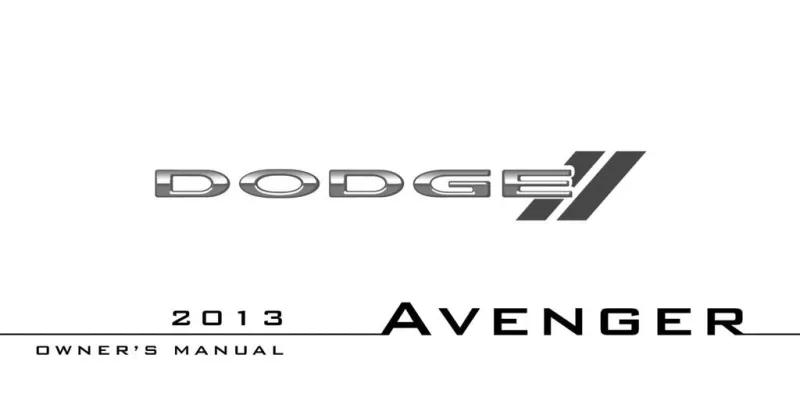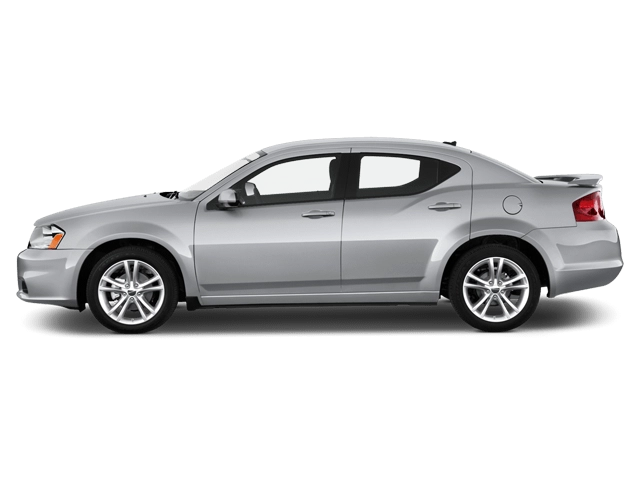2013 Dodge Avenger Owner's Manual

Table of Contents
2013 Dodge Avenger Overview
Introduction
The 2013 Dodge Avenger stands out in the mid-size sedan segment for its bold styling and impressive value. With a robust stance and aggressive lines, the Avenger captures the thrill-seeking nature often associated with the Dodge brand. Designed to offer a balance between performance and practicality, this model caters to both families and individuals looking for a reliable, yet spirited driving experience.
Powertrains
In 2013, the Dodge Avenger offers two capable powertrains. Base models come equipped with a 2.4-liter four-cylinder engine that produces 173 horsepower, providing commendable fuel economy for daily commutes. For those seeking more power, the available 3.6-liter V6 engine ups the ante with an exhilarating 283 horsepower. Both engines are paired with a smooth-shifting automatic transmission, ensuring seamless acceleration whether you're navigating city streets or cruising on the highway.
Trims
The 2013 Avenger is available in several trims, including the SE, SXT, and R/T. The base SE offers essential features such as power windows, a sound system with a CD player, and keyless entry. The SXT adds more comfort with upgraded upholstery and enhanced audio options. For the performance-oriented driver, the R/T trim boasts sporty upgrades like a more powerful suspension, unique badging, and high-performance tires, encapsulating the spirited essence of the Dodge brand.
Features
The 2013 Dodge Avenger is packed with a range of features designed to enhance the driving experience. Standard features include Bluetooth connectivity, available Uconnect infotainment system with touch-screen controls, and safety technologies such as stability control and multiple airbags. Optional upgrades encompass a premium sound system, navigation, and a sunroof, adding a touch of luxury to your ride.
Owners Manual
The owners manual for the 2013 Dodge Avenger serves as an essential resource, providing comprehensive information on vehicle operations, maintenance schedules, and troubleshooting tips. This valuable guide ensures that owners can maximize their driving experience while maintaining the vehicle's performance and reliability for years to come.
User manual download
The Dodge Avenger owner manual for the 2013 model year is to be found in PDF downloadable format on this page. The owner manual for the model year 2013 is free and in English, but the repair manuals are usually not easy to get and may cost more.
Manual Questions
Fill the form below and someone will help you!

